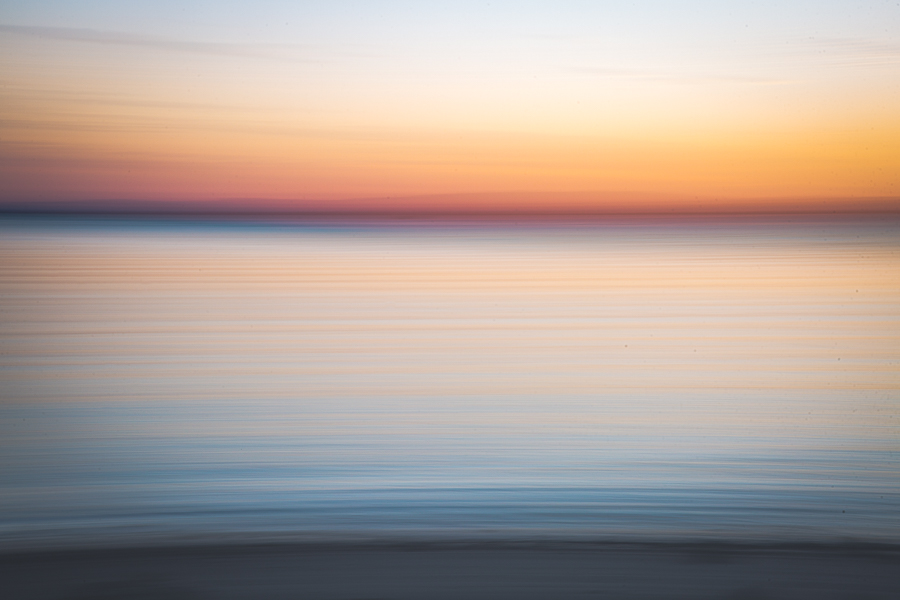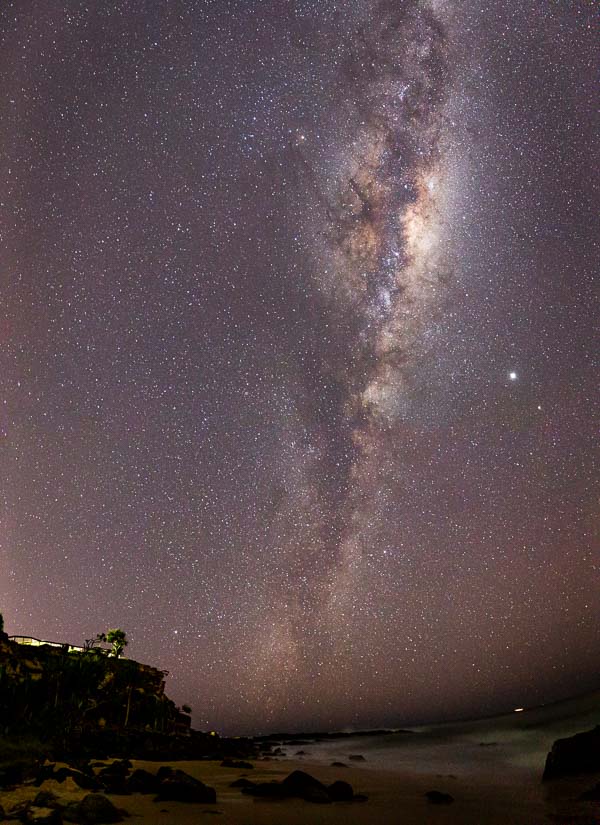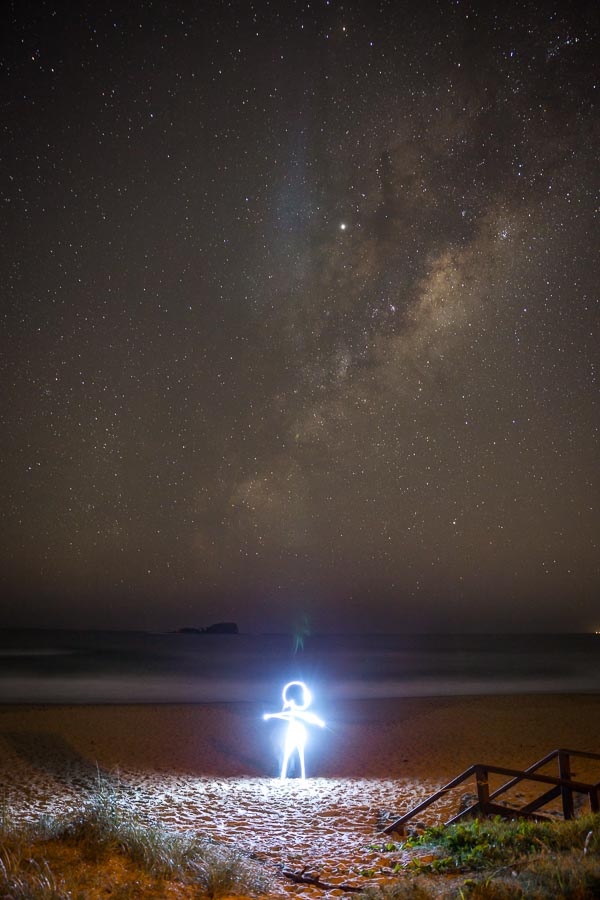
There are dozens of creative photography techniques you can apply to every situation. Are you doing enough to make your photos stand out?
Let’s say you’ve decided to go on a day trip somewhere, we’ll use the beach for the sake of this example, and you’re taking your camera with you to see what you can find. You’ll likely lift your camera to your eye whenever you see a pretty landscape, or some kind of story taking place. Maybe there’s a bird doing something unusual so you change your perspective to make the composition more interesting. Or maybe there’s a contrasting patch of light highlighting a subject in a dramatic way. This is a lovely stage of photography where the world is fall of wonder and by capturing moments like these you create picturesque postcards of your experiences that you can share with friends to show what you’ve been up to. Because you’re enjoying yourself you’ll probably repeat it the next weekend and the next.
Over time though the shine starts to wear off. You’ve already got plenty of photos of beaches and birds and after the initial excitement of your adventure is over then your photos serve only to take up space.
Many years ago, right before I began to get frustrated with photography, I went to a Renaissance fare and I was so very excited to have the opportunity to shoot something different. I happened to be seated at a table with a professional photographer and I couldn’t for the life of me, work out why she wouldn’t have brought her camera to this amazing and rare opportunity to capture something different. But now I know exactly why. What the hell would I do with 200 photos from a Renaissance fair? Eventually you reach the point where hard drive space is precious and you have to become more discerning with what you shoot.
It’s at this point that many photographers lose interest. Unless they can search out more and more unique photo opportunities, they have a tendency to get stuck shooting similar things in the same ways resulting in photos that don’t serve much purpose, and so photography stops being fun. When you’re relying on the environment to provide interesting subject matter the things you once found wonderous eventually become common place. And when the subject matter no long appeals to you there’s no amount of experimenting with story, composition and perspective that’s going to make a dull subject come back to life.
This is why it’s so important to learn to be creative with your camera in any situation. Once a scene stops being interesting it’s up to you to make it interesting. Everyone has a mobile phone that’s perfectly capable of capturing memories and adventures. Yet in your hands you hold this incredible machine designed in a very specific way to make creative techniques possible. Techniques your phone can only dream of. Are you making the most of that?
Let’s go back to our beach example. Now beaches, on a big picture level, aren’t all that interesting. A featureless slab of sand and an endless sea can become boring pretty quickly. Although not every beach is created equal and I’ve often found that the worst beaches to swim at are usually the best to photograph at because there’s often interesting rock formations and pools to poke around in.
So once you’ve exhausted all the obvious subjects, what then?
That’s when I’ll begin to draw on all the creative techniques that I know. In every landscape situation that allows it, I will always take a panorama by swivelling to take a series of overlapping images that I’ll later combine in editing, which the software makes so easy nowadays. Panoramas are more true to the reality of how we experience a place so they’re always going to wow far more than a regularly composed picture, plus they’re great to sell as prints because they’re much more impactful and give you greater resolution for printing big.
My second go-to technique for the beach is intentional camera movement by panning from side to side with a long exposure. The uniform areas of colour and contrast at a beach make it the perfect subject for this abstract technique with results that are colourful yet soothing. Within this technique alone I can experiment with aperture and speed to see what different results I can create.
Next I’ll take a walk around and look for interesting ground level features. Once I find something I’ll spin around to find the best composition and then I’ll drop down low with a wide angle lens and ideally a tripod to create a focus stacked landscape by taking a series of images where I vary the focus point to capture detail right from the very front to the back of my scene for maximum sharpness and impact.
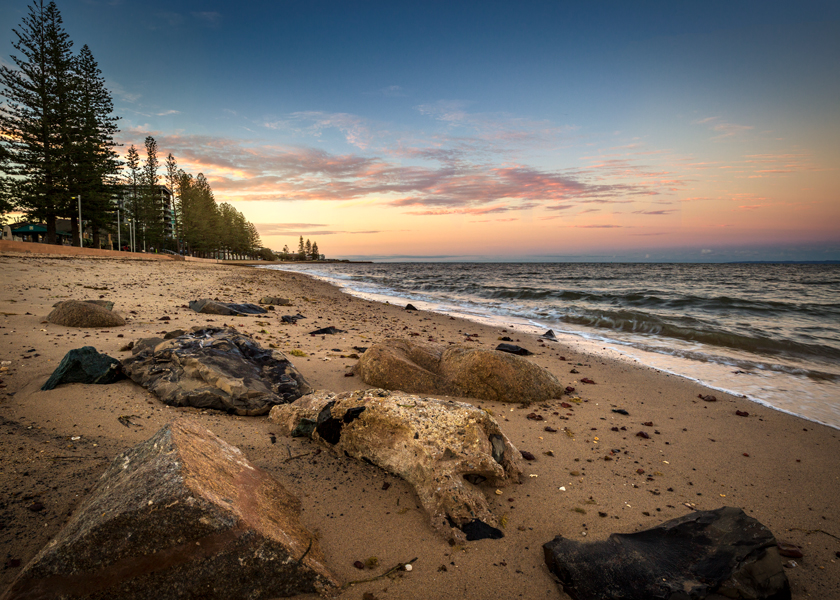
As the beach is such a contrasting environment it can be hard to balance the exposure between the foreground and the sky, so if I find an interesting rock formation that could benefit from some detail I’ll take two different exposed images of the same scene which I’ll later blend together in post to draw attention to the features of the landscape while retaining detail in the sky.
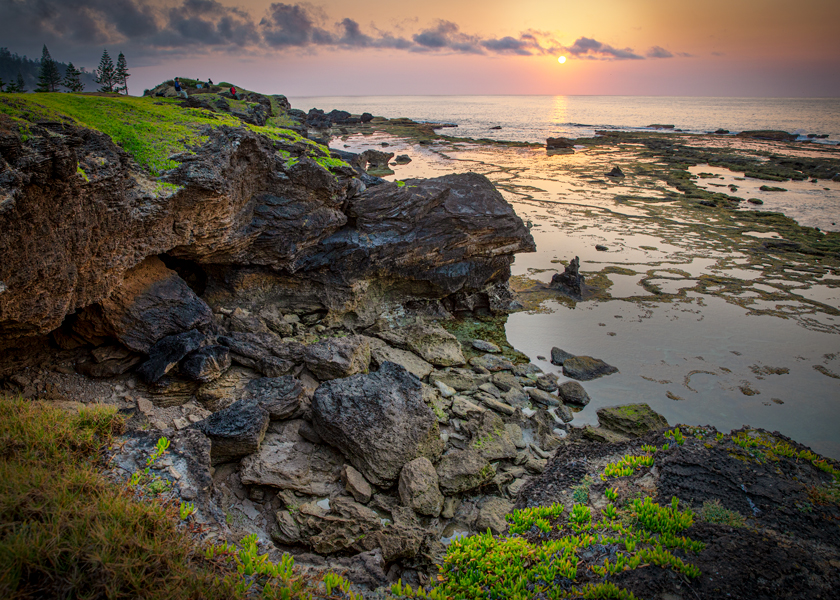
Then I might stroll down to the shoreline where the moving waves make an excellent subject. I might use a fast shutter speed to freeze the crashing waves or a slow shutter speed to calm the waves into milky motion.
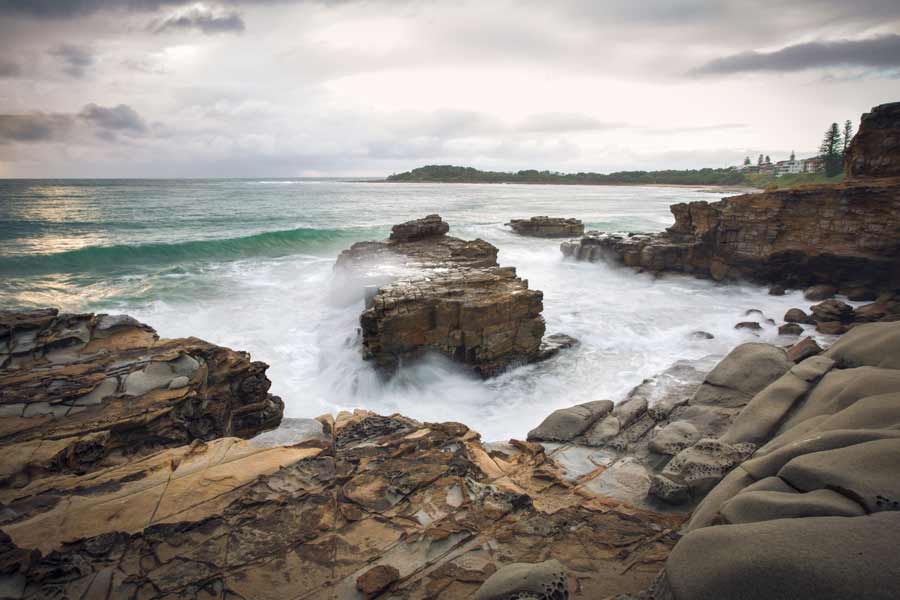
I often take a glass ball to the beach as an extra way to add interest and focus on the detail rather than the big picture. A glass ball provides interesting distortion and a way to frame the scene with a unique touch. Plus at the beach you’re less likely to set anything on fire. Anyone who’s used a glass ball in full sun knows exactly how much of a fire starter they are.
While I wander back up the beach I’ll take close ups of the interesting things I discover. I’ve always been someone who comes home from the beach with pockets stuffed full of treasures because when you’ve got objects washing up from the depths of the sea you’re bound to find something worthwhile to photograph.
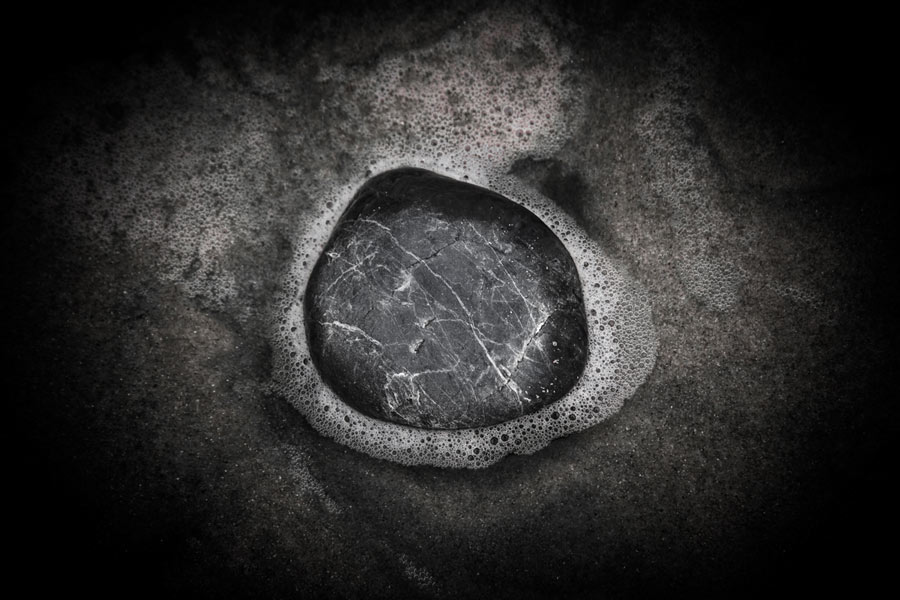
As I sit back down on the sand I’ll pick out some high key images to capture. By raising your exposure you can whitewash a scene and capture an ethereal mood.
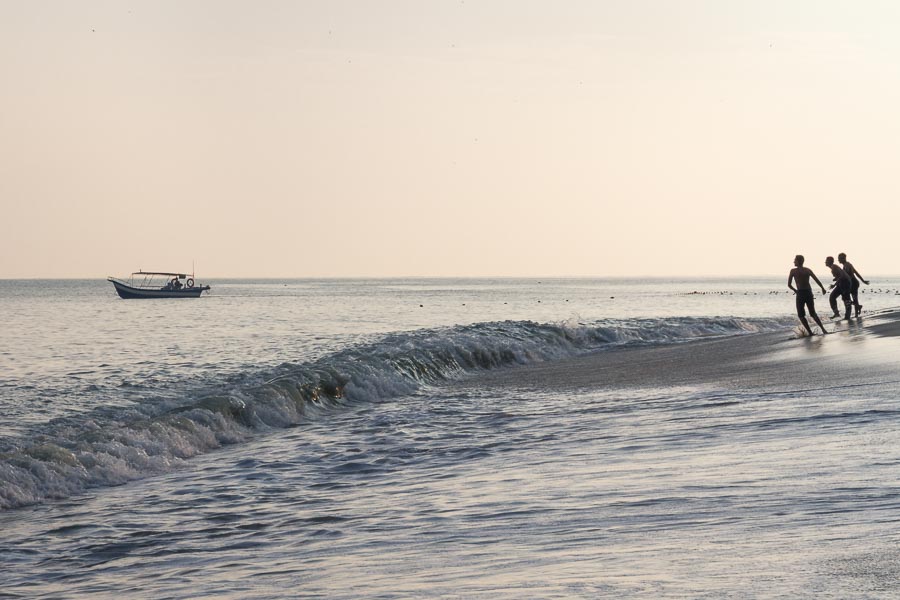
And as the sun sets I’ll drop my exposure to capture people as silhouettes contrasted against the colourful background.
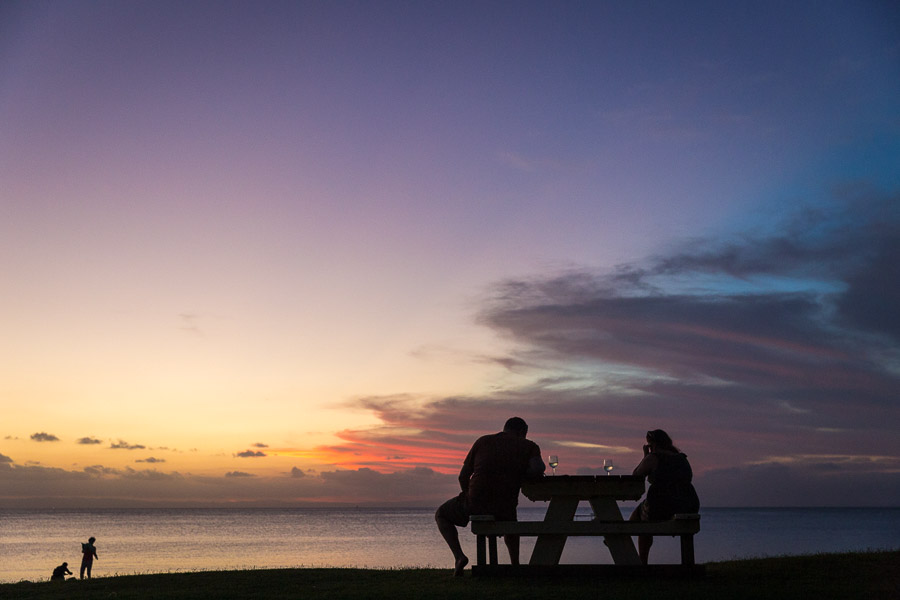
On the editing side of things I personally love to experiment with the Harris Shutter technique at the beach which the moving waves are perfect for. By taking 3 different images, layering them in Photoshop and playing with their colour channels I can create gaudy, yet magical results.
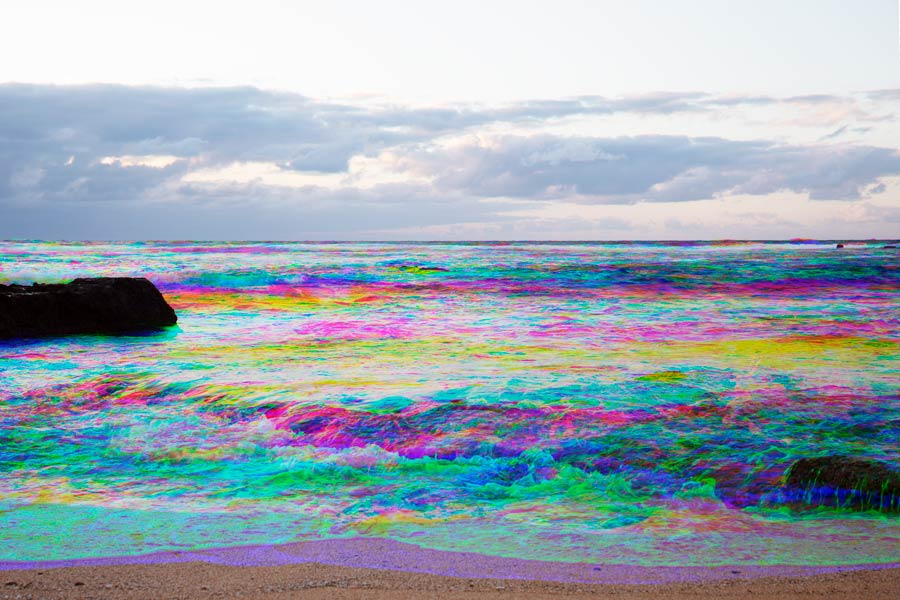
The beach is also the perfect minimalist environment for the perspective bending technique. This editing technique bends the sides of an image into a box shape and allows you to transform ordinary scenes into mind-bending stories.

Another fun editing technique to explore, if you have the right subject to play with, is planet panoramas where you take an image and curve it into the shape of a sphere to create miniature planets.
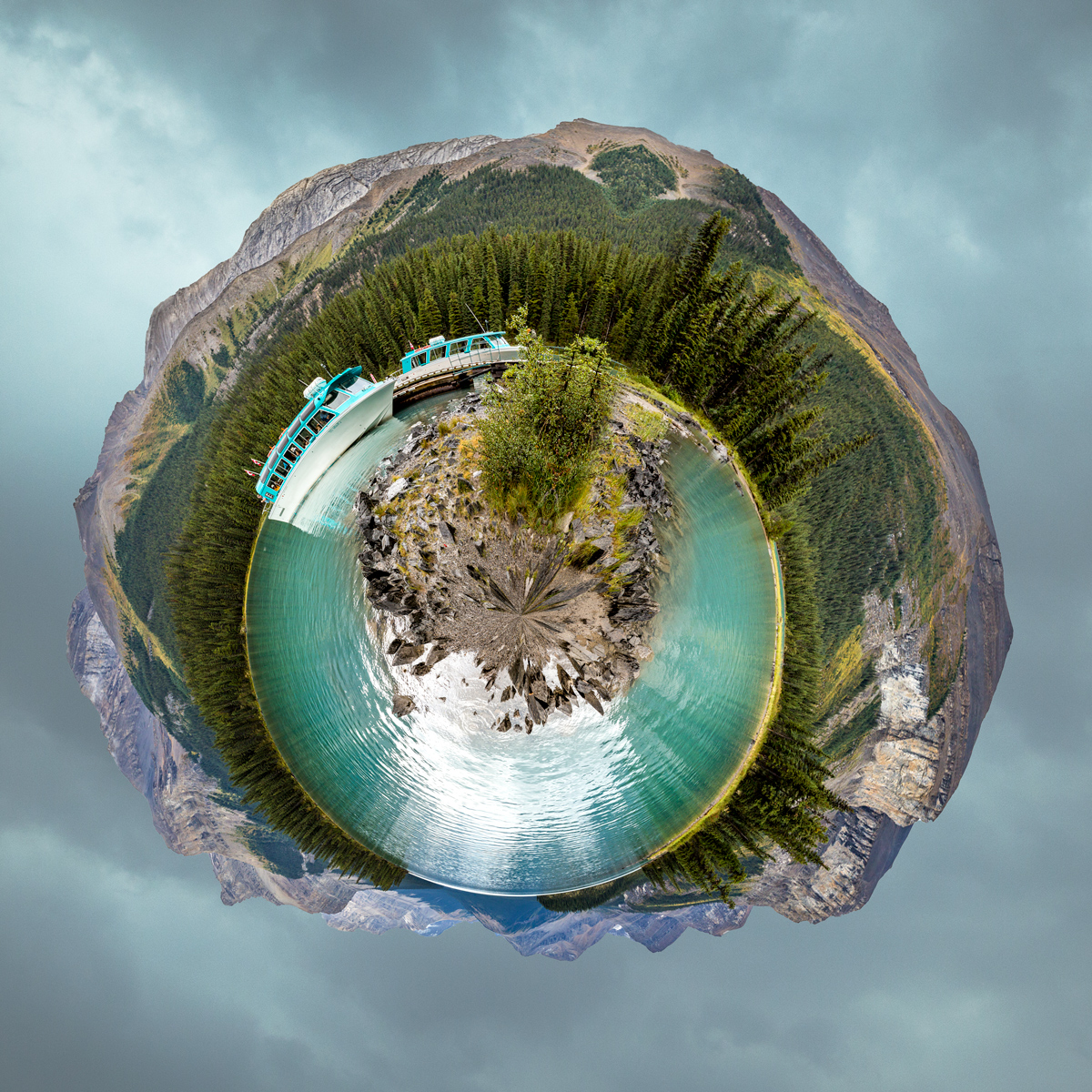
Then, once the sun goes down, you’ve got a whole new world of techniques to explore. Beaches are wonderful for astrophotography where you can capture the moving waves against the twinkling stars and I’ve often found the lights that come on at night at the beach tend to light up the foreground in helpful and interesting ways.
Beaches are also a fantastic location to practice spinning steel wool. You’ve got no concerns about setting anything on fire and the wet sand adds to the technique by creating eye-catching reflections.
Plus the endless sand provides plenty of room to light paint where you can run and twirl with your artificial lights to capture pattern and colour.
And just like that our uninspiring beach becomes full of creative potential. These examples are just the ones that sprang to mind but there’s several other ideas I can think of that could easily be created at the beach.
If you want to revive your passion for photography this is how it’s done. Every single one of these techniques is fun and challenging to create with impressive results that immediately capture the attention of anyone who sees them.
This is not about capturing the world as is or documenting what a lovely adventure you’ve had but about showing people the world in ways they may not have seen it before. A true to life panorama is always going to wow over a normally composed scene. Long exposure water is always going to add a touch of magic. An interesting ICM is more eye-catching than a meaningless landscape.
Once you learn and start practicing a few creative techniques the world of possibility completely opens up for you in any situation.
Making the ordinary extraordinary is my passion. This is the stuff that lights me up. Every scene has potential when you learn how to see it through a creative lens and my god, you will never be bored again. My entire purpose in life is to seek wonder in everything and this is how I do it. With just my camera and a few fun techniques I can create art out of anything.
I wanted to share this gift with other photographers which is why I built Creative Photo Folk. Inside our library you’ll find 100 projects designed to teach you as many creative techniques as you’re willing to learn, so you can walk into any situation and easily assess a dozen ways to make it interesting. All while having fun with your camera and creating unusual and eye-catching results that are guaranteed to get attention.
As I’ve said many a time, the best way to keep photography interesting is to make it fun, to make it useful and to be making progress. When you’re building your confidence by trying new and exciting techniques with results that people admire, you bet your bottom dollar you’ll never fall out of love with photography.


